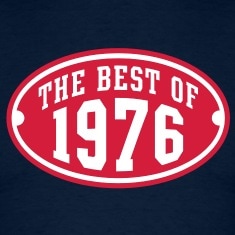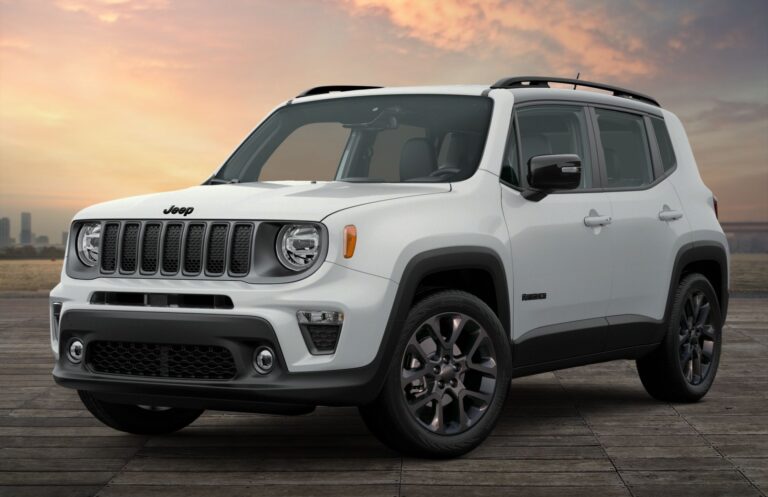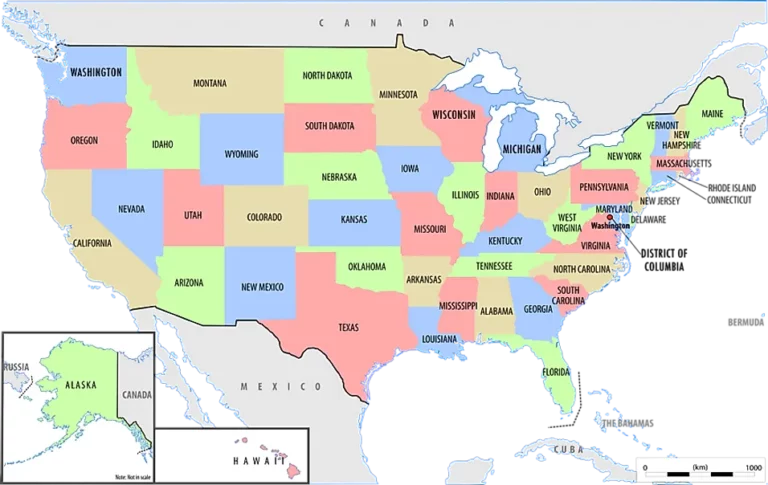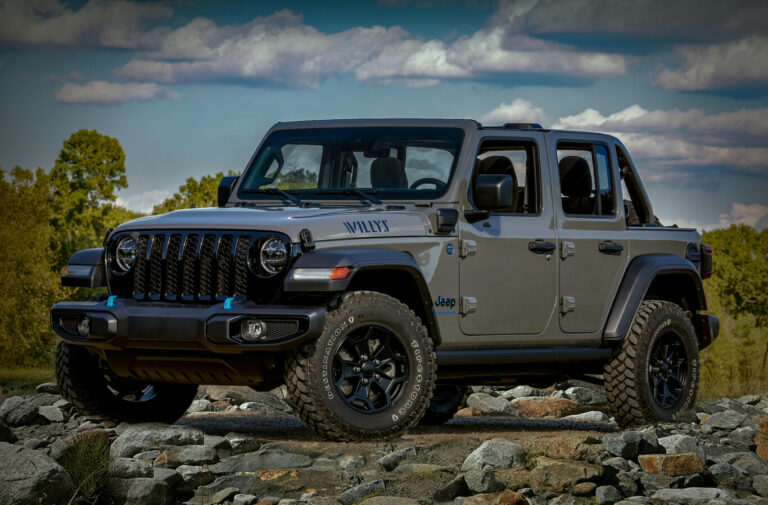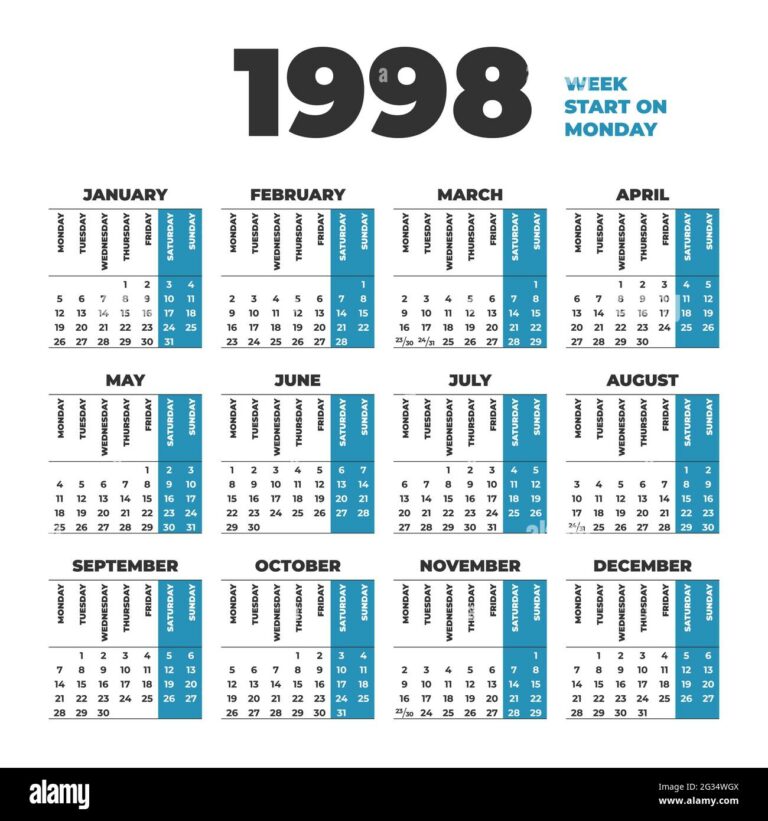1976 Jeep Pickup For Sale: A Comprehensive Guide to Acquiring a Classic American Workhorse
1976 Jeep Pickup For Sale: A Comprehensive Guide to Acquiring a Classic American Workhorse jeeps.truckstrend.com
The open road, the scent of gasoline and adventure, and the rumble of a classic American engine – for many, this evokes the image of a vintage pickup truck. Among the pantheon of classic utility vehicles, the 1976 Jeep Pickup holds a special place. Often overshadowed by its civilian sibling, the Wagoneer, or its military ancestors, the J-series pickup from the mid-1970s represents a unique blend of rugged capability, distinctive styling, and burgeoning collectibility. When a 1976 Jeep Pickup comes "for sale," it’s more than just a transaction; it’s an opportunity to own a piece of automotive history, a testament to American engineering, and a versatile machine ready for new adventures. This comprehensive guide will delve into what makes the 1976 Jeep Pickup so special, what to look for when one is on the market, and how to navigate the journey of bringing one home.
The Enduring Appeal of the 1976 Jeep Pickup
1976 Jeep Pickup For Sale: A Comprehensive Guide to Acquiring a Classic American Workhorse
The 1976 Jeep Pickup is part of the "J-series" line, which began its life in 1963 as the Gladiator. Over the years, it evolved, shedding the Gladiator name in 1971 but retaining its robust, full-size architecture. By 1976, these pickups, available primarily as the J10 (half-ton) and J20 (three-quarter ton), had matured into reliable, no-nonsense workhorses.
What makes the 1976 model year particularly appealing? It sits squarely in the sweet spot of 1970s truck design, before the more angular, boxy aesthetics of the 1980s. It retains a classic, almost timeless profile, with a bold grille, prominent fenders, and a functional, utilitarian stance. For enthusiasts, the 1976 model represents a blend of classic aesthetics with slightly more refined powertrain options compared to earlier models. These trucks were built to last, designed for tough jobs, and often equipped with Jeep’s legendary 4×4 capability, making them highly desirable for off-roaders, farmers, and classic truck collectors alike. Their relative rarity compared to Ford, Chevy, or Dodge pickups of the same era also adds to their allure, making a "1976 Jeep Pickup For Sale" listing a genuine find.
Key Features and Specifications of the 1976 Model
Understanding the core specifications of a 1976 Jeep Pickup is crucial for any prospective buyer. These trucks were offered with a range of powertrains and configurations, catering to diverse needs:
- Engines: The primary engine options were AMC’s durable powerplants.
- Inline-6: The 258 cubic-inch (4.2L) I6 was a reliable and torquey option, known for its longevity.
- V8s: The popular 360 cubic-inch (5.9L) V8 offered more power, while the more rare 401 cubic-inch (6.6L) V8 was the top-tier performance choice, though often found in Wagoneers rather than pickups in ’76.

- Transmissions: Both manual and automatic transmissions were available.
- Manual: Typically a 3-speed or 4-speed unit, offering robust direct engagement.
- Automatic: The venerable Chrysler-sourced TorqueFlite 727, known for its durability.
- Drivetrain: Most J-series pickups were 4×4, often featuring:
- Quadra-Trac: A full-time four-wheel-drive system (NP203 transfer case) was a popular option, offering excellent traction.
- Part-time 4×4: Standard part-time systems (NP205 or NP208 transfer cases) were also available, requiring manual engagement.
- Axles: Dana 44 axles were common front and rear on J10s, while J20s often featured heavier-duty Dana 60 or 60/44 combinations.
- Body Styles: Primarily offered as a single cab, with various bed lengths (short box ~6.5 ft, long box ~8 ft). The J10 and J20 denoted payload capacity, with the J20 being the heavy-duty variant.
- Interior: The interior was Spartan but functional, designed for utility. Bench seats were standard, with basic instrumentation and controls. Comfort was secondary to durability.
Identifying these specifics in a "1976 Jeep Pickup For Sale" ad or during an inspection will give you a clearer picture of its original capabilities and potential value.
What to Look For When a 1976 Jeep Pickup Is For Sale: A Buyer’s Guide
Acquiring a classic vehicle, especially one nearly 50 years old, requires careful inspection. Here’s a detailed checklist for evaluating a 1976 Jeep Pickup:
- Body and Frame (The Rust Battleground):
- Common Rust Areas: Pay meticulous attention to cab corners, rocker panels, floor pans, fender wells, bed floor and sides, and tailgate. The frame itself should be thoroughly inspected for rot, especially near spring hangers and body mounts. Patchwork indicates previous repairs, which may or may not be professional.
- Panel Alignment: Gaps between panels, doors, and fenders can indicate accident history or significant rust repair.
- Paint: A fresh paint job can hide a multitude of sins. Look for bubbling, inconsistencies, or overspray on trim or rubber.
- Engine and Drivetrain:
- Engine: Listen for unusual noises (knocks, ticks, excessive lifter noise), look for leaks (oil, coolant), and check exhaust smoke (blue for oil, white for coolant, black for rich fuel). A cold start is ideal. Check fluid levels and condition.
- Transmission: For manuals, check clutch engagement and ease of shifting. For automatics, ensure smooth, timely shifts without slipping or harshness.
- Transfer Case & Axles: Engage 4×4 (if applicable) and listen for grinding or clunking. Check for differential leaks and excessive play in universal joints.
- Suspension and Steering:
- Suspension: Look for sagging leaf springs, worn-out shocks (bounce test), and cracked bushings.
- Steering: Check for excessive play in the steering wheel. Listen for groaning from the power steering pump.
- Brakes: Check the pedal feel (should be firm, not spongy). Inspect brake lines for corrosion and condition of pads/shoes.
- Electrical System: Test all lights (headlights, taillights, signals), gauges, wipers, heater/AC (if equipped), and horn. Ensure the battery is secure and wiring isn’t frayed or patched poorly.
- Interior: Assess the condition of the seats, dashboard (cracks are common), headliner, and door panels. Look for signs of water leaks (musty smell, stained carpets).
- Documentation: A clean title is paramount. Service records, original owner’s manuals, and any history of major repairs or modifications add significant value and peace of mind.
- Modifications: Many older pickups have been modified. Assess the quality of these modifications. Are they professional and safe? Do they enhance or detract from the vehicle’s value? Originality often commands a higher price for collectors, but well-executed, period-correct upgrades can also be desirable.
Understanding Valuation and Pricing for a 1976 Jeep Pickup
The price of a 1976 Jeep Pickup For Sale can vary wildly, from a few thousand dollars for a true project to tens of thousands for a fully restored, show-quality example. Several factors influence its value:
- Condition (The Primary Driver):
- Project Vehicle ($2,000 – $7,000): Non-running, significant rust, major mechanical issues, or missing parts. Requires a full, costly restoration.
- Driver Quality ($7,000 – $15,000): Runs and drives, but has cosmetic flaws, some rust, and needs mechanical attention or ongoing repairs. Usable but not pristine.
- Good Condition ($15,000 – $25,000): Solid, minimal rust, mechanically sound, presentable interior and exterior. Can be enjoyed as a reliable classic.
- Restored/Show Quality ($25,000 – $50,000+): Undergone a frame-off or comprehensive restoration. Excellent paint, pristine interior, rebuilt mechanicals, often original or period-correct. These are investment-grade vehicles.
- Originality vs. Customization: Highly original, unmolested examples often fetch higher prices among collectors. However, a tastefully customized truck with quality upgrades (e.g., modern engine swap, upgraded suspension) can also be valuable to a different segment of buyers.
- Engine/Drivetrain: The presence of a larger V8 (especially the 401 if it’s original) or a desirable 4×4 system can increase value.
- Rarity of Options: Specific trim levels, rare colors, or factory options can influence pricing.
- Mileage: Lower mileage, especially if verifiable, can command a premium.
- Location: Market demand can vary by region.
Resources for Valuation: Consult classic car valuation guides like Hagerty or NADA Classic Car Values. Monitor completed auction results on sites like Bring a Trailer or eBay to see what similar vehicles have recently sold for.
Owning and Maintaining a Classic Jeep Pickup
Bringing a 1976 Jeep Pickup home is just the beginning of the journey. These trucks, while robust, require attention due to their age.
- Common Issues: Be prepared for typical classic vehicle woes: carburetion issues, vacuum leaks, electrical gremlins, and ongoing battle with rust.
- Parts Availability: Mechanical parts (engine components, transmission parts, suspension bushings) are generally available, often shared with other AMC/Jeep models of the era. Body panels and specific trim pieces can be harder to find, often requiring searching salvage yards, online forums, or specialist suppliers.
- Community Support: The vintage Jeep community is incredibly active and helpful. Online forums (e.g., IFSJA.org – International Full Size Jeep Association), Facebook groups, and local clubs are invaluable resources for advice, parts sourcing, and technical guidance.
- Maintenance Tips: Regular fluid changes, proper lubrication, and addressing small issues before they become big problems are key. Rust prevention (cleaning, waxing, garaging) is paramount.
- Insurance: Consider classic car insurance, which often offers better coverage and lower premiums than standard auto insurance, recognizing the limited use and appreciating value of such vehicles.
Practical Advice and Actionable Insights
- Patience is Key: Finding the right 1976 Jeep Pickup For Sale can take time. Don’t rush into a purchase.
- Inspect Thoroughly: Always conduct a pre-purchase inspection, ideally by a mechanic familiar with older vehicles or Jeeps. If you can’t inspect in person, hire a reputable third-party inspector.
- Budget Beyond the Purchase Price: Factor in immediate repairs, deferred maintenance, potential restoration costs, and ongoing insurance/registration. A good rule of thumb is to have at least 20-30% of the purchase price set aside for initial post-purchase work.
- Negotiate: Based on your inspection findings and market research, be prepared to negotiate the price.
- Join the Community: Before, during, and after your purchase, engage with the classic Jeep community. Their collective knowledge is immense.
Price Table: 1976 Jeep Pickup Estimated Value Ranges
This table provides a general guide to potential pricing for a 1976 Jeep Pickup, based on its overall condition. Actual prices will vary based on specific features, engine, location, and market demand.
| Condition Category | Description | Estimated Price Range | Key Factors & What to Expect |
|---|---|---|---|
| Project Vehicle | Non-running, major mechanical issues, significant rust, incomplete. | $2,000 – $7,000 | Requires full restoration (engine, body, interior). High investment needed. |
| Driver Quality | Running and driving, but with cosmetic flaws, some rust, needs mechanical work. | $7,000 – $15,000 | Usable for light driving. Expect ongoing repairs and cosmetic improvements. |
| Good Condition | Solid, minimal rust, mechanically sound, presentable interior/exterior. | $15,000 – $25,000 | Enjoyable as a weekend cruiser or semi-regular driver. Minimal immediate work. |
| Restored/Show Quality | Frame-off restoration, excellent paint, pristine interior, rebuilt mechanicals. | $25,000 – $50,000+ | Investment-grade vehicle. Ready for shows or reliable classic cruising. |
Frequently Asked Questions (FAQ) about the 1976 Jeep Pickup
Q1: Are parts readily available for a 1976 Jeep Pickup?
A1: Mechanical parts for engines (especially AMC V8s and I6s), transmissions, and axles are generally available, often shared with other AMC/Jeep vehicles. Body panels and specific trim pieces can be harder to source and may require searching specialized forums, salvage yards, or reproduction parts suppliers.
Q2: What are the most common rust spots to check?
A2: Critical areas for rust include cab corners, rocker panels, floor pans, fender wells, bed floor and sides, and the frame rails, particularly near suspension mounts.
Q3: Can a 1976 Jeep Pickup be a daily driver?
A3: While possible, it depends heavily on the truck’s condition and your tolerance for classic vehicle quirks. A well-maintained or restored example can be reliable, but it will lack modern safety features, fuel economy, and comfort. Most owners use them as weekend vehicles or for specific tasks.
Q4: Which engine should I look for?
A4: The AMC 360 V8 is a popular choice for its balance of power and parts availability. The 258 I6 is known for its legendary reliability and fuel efficiency (for its era). The rare 401 V8 offers the most power but parts can be harder to find. Your choice depends on your intended use (cruising, off-roading, towing).
Q5: Is the Quadra-Trac system reliable?
A5: The Quadra-Trac (NP203 transfer case) is a robust full-time 4×4 system, but it requires proper maintenance (e.g., specific fluid). Neglect can lead to issues. Many owners convert to a part-time system for simplicity and improved fuel economy, so check for modifications.
Q6: How much does it cost to restore one?
A6: A full, professional frame-off restoration can easily cost $30,000 to $60,000 or more, often exceeding the vehicle’s final market value unless it’s a rare or highly desirable configuration. Many owners opt for rolling restorations or focus on mechanical reliability first.
Q7: Where can I find a 1976 Jeep Pickup for sale?
A7: Common places include online classic car marketplaces (Hemmings, ClassicCars.com), auction sites (eBay Motors, Bring a Trailer), dedicated Jeep forums (like IFSJA.org), local classifieds, and word-of-mouth through classic car clubs.
Conclusion
The 1976 Jeep Pickup, whether it’s a rugged J10 or a heavy-duty J20, represents a significant chapter in American automotive history. Its distinctive styling, legendary capability, and increasing rarity make any "1976 Jeep Pickup For Sale" listing an exciting prospect for enthusiasts and collectors. Acquiring one requires diligence, a keen eye for detail, and an understanding of the commitment involved in owning a classic vehicle. However, the reward is immeasurable: the satisfaction of preserving a piece of heritage, the thrill of driving a unique and capable machine, and the camaraderie of a passionate community. With the right approach, your search for a 1976 Jeep Pickup can lead to countless miles of adventure and a truly rewarding ownership experience.
